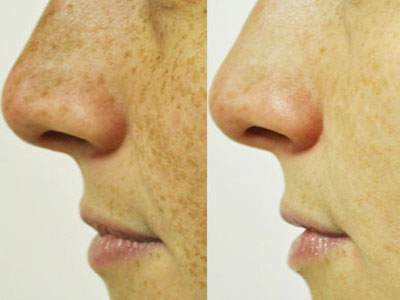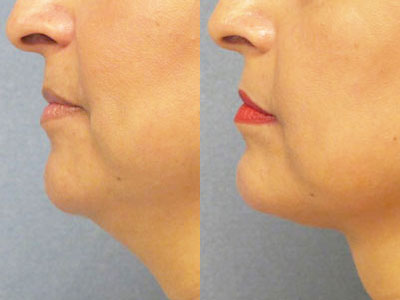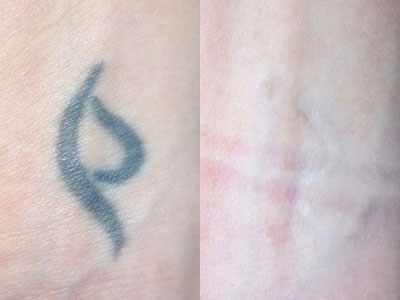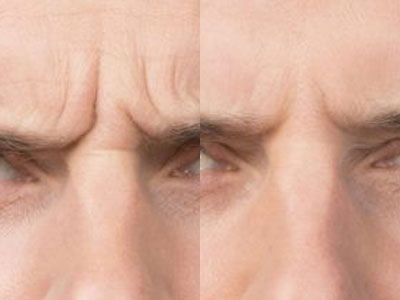When you think of Botox, you may think about those wrinkles on your forehead or the crow’s feet around your eyes.
Most people do.
According to the American Society of Plastic Surgeons, with over 7 million injections in 2018, Botox is the #1 minimally-invasive cosmetic procedure in the United States.
But Botox is also used in a wide variety of medical treatments.
In this guide, we will review common cosmetic and medical purposes for Botox and provide you with resources to help you determine if Botox is right for you.
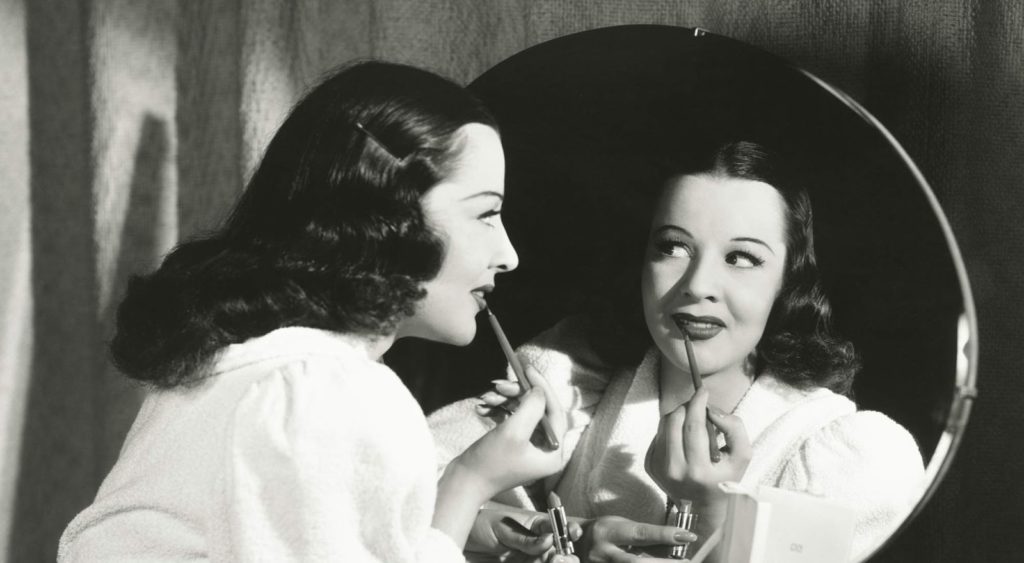
Botox For Medical Purposes
Botox, or the cosmetic form of Botulinum Toxin Type A, is a neurotoxic protein that is used commercially and medically to alter muscle function.
Some medical uses for Botox are approved by the FDA, while other procedures, while common, are not included on the approved drug label.
Below, we detail several medical issues that are often treated with Botox and discuss whether or not they are FDA-approved.
How Botox Can Help Muscle Spasms
Botox is very effective in blocking the signals sent from your nerves to your muscles.
Chronic muscle spasms can be effectively treated with Botox.
Some examples of muscular spasms treated by Botox are:
- Blepharospasm (eye twitching) – FDA approved
- Strabismus (lazy, cross or wall-eyed) – FDA approved
How Botox Can Help Muscle Stiffness or Movement Disorders
Muscle and movement disorders can be extremely challenging.
Some of these conditions are of unknown origin, while others are associated with neurological disorders.
Spasticity
Muscle spasticity, for example, is a state of altered muscle performance that is sometimes colloquially referred to as “tightness” or “stiffness” of muscles.
While there are often unknown causes for spasticity, a common neurological cause is Cerebral Palsy.
Botox injections are often used with success to provide relief of spasticity-related symptoms of Cerebral Palsy.
These treatments are “off-label,” as they are not FDA-approved.
Dystonia
Dystonia is a movement disorder that presents as repetitive muscle contractions, tremors, and abnormal postures.
The FDA has approved Botox as a treatment option for cervical dystonia.
To treat dystonia, Botox inhibits the release of acetylcholine so muscles no longer have the ability to contract.
How Botox Can Help Persistent Medical Problems
Persistent medical conditions can often impact your daily life.
Doctors and researchers have discovered that Botox can have a positive effect on the relief of symptoms associated with many persistent medical conditions.
Let’s review a few common conditions that doctors may treat using Botox.
Overactive Bladder
Overactive bladder (OAB) causes an often uncontrollable urge to urinate at a high frequency.
In 2014, Botox was approved by the FDA to treat symptoms of OAB.
Botox is typically only prescribed as a treatment for overactive bladder if prior treatments such as behavior therapy or oral medications have failed.
Botox injections are very efficient in relieving OAB symptoms.
One study reported that over 60% of participants experienced a reduction in symptoms and an improved quality of life after Botox treatments.
Additionally, the effects of Botox treatment for OAB can last up to 6-12 months.
Overactive Glands
Overactive glands can cause issues such as:
- Excessive sweating (hyperhidrosis)
- Botox was approved by the FDA to treat hyperhidrosis in 2004 and studies show that Botox can effectively reduce symptoms of hyperhidrosis.
- Excessive drooling (hypersalivation)
- When hypersalivation is associated with a neurological disorder such as Parkinson’s, it is referred to as Sialorrhea.
- The FDA has approved a “Botox-like” injection for the treatment of Sialorrhea.
- When hypersalivation is associated with a neurological disorder such as Parkinson’s, it is referred to as Sialorrhea.
What Type Of Botox Is Used For Migraines?
In 2010, Botox was approved for use in migraine treatment.
The FDA has only approved Botox for chronic migraines, which is defined as headaches on at least 15 days per month.
The same type of Botox used for cosmetic purposes, Botulinum Toxin A, is used in migraine treatment.
The difference lies in where Botox is injected.
To treat migraines, Botox is injected around the nerve endings associated with pain transmission in headaches.
Botox prevents the pain networks of the brain from activating and triggering migraines.
In one study, 51% of participants reported complete symptom elimination, while 38% of participants reported a partial reduction of the number of headaches experienced post-treatment.

What Is Botox Used For Cosmetically?
As we discussed earlier, Botox is widely known for its cosmetic uses.
There are a multitude of popular uses of Botox to improve your skin’s aesthetics.
We’ll review a few of the most common cosmetic uses of Botox below.
Reduce The Look Of Wrinkles
You likely associate Botox with the reduction of wrinkles and younger-looking skin.
Botox injections and fillers can be used to reduce the look of both dynamic and static wrinkles.
How?
For dynamic wrinkles, Botox is used to relax your muscles and reduce their activity.
For static wrinkles, often caused by sun damage or smoking, Botox can often be used in combination with fillers to lift and smooth the skin, for best results.
Common Facial Areas
Botox injections are often used to reduce the look of wrinkles on or around your:
- Forehead
- Frown lines (glabellar lines)
- Crow’s feet
- Mouth
- Chin
Mimic A Face Lift
Currently, cosmetic Botox is approved for forehead lines, frown lines, and crow’s feet.
That being said, it is common to go “off-label” with cosmetic Botox and use injection sites in areas of the face that haven’t been FDA approved.
Injections in other areas of the face, such as the…
- lower face
- jawline
- nose
…can be used in combination with fillers to mimic a facelift—without invasive surgery.
Lip Treatments
If you are looking to improve the aesthetics of your lower face, there are several ways Botox can be used to enhance your lips—though they are not FDA-approved.
Botox injection and filler lip treatments include:
- The ‘lip flip’ – enhancing the upper lip
- Minimizing your ‘marionette lines’ – creases that run down from the corners of your lips
- Reducing/improving a ‘gummy smile’
- Smoothing lip lines and wrinkles
- Smoothing creases around the lips
What Is the Average Amount Of Units Used For Botox?
You are unique.
Your experience with Botox may not be exactly the same as your sister’s, co-worker’s, or friend’s experience.
For example, long-term effects of Botox will vary depending on your length and frequency of treatments.
In addition to the number of units required, to meet your aesthetic needs, the length of time required between treatments may vary from person to person as well.
While there are averages in the number of units needed for common treatment areas (which we’ll discuss shortly), the right amount of Botox for your needs can only be determined by a professional.
Common treatment areas and estimated units used:
- Frown lines: 12 units
- Crow’s feet: 12-24 units
- Forehead lines: 8-20 units
Who Can You Ask If You’re Wondering What Is Botox Used For?
This guide only scratches the surface of the uses of Botox.
If you have questions about additional cosmetic uses for Botox and whether or not your specific aesthetic needs can be met with Botox injections, contact Bridgetown Aesthetics for a free Botox consultation.
Our providers have over 25 years of surgical experience and provide a wide variety of non-invasive treatment options.
Our goal is always to help you feel and look your best.



